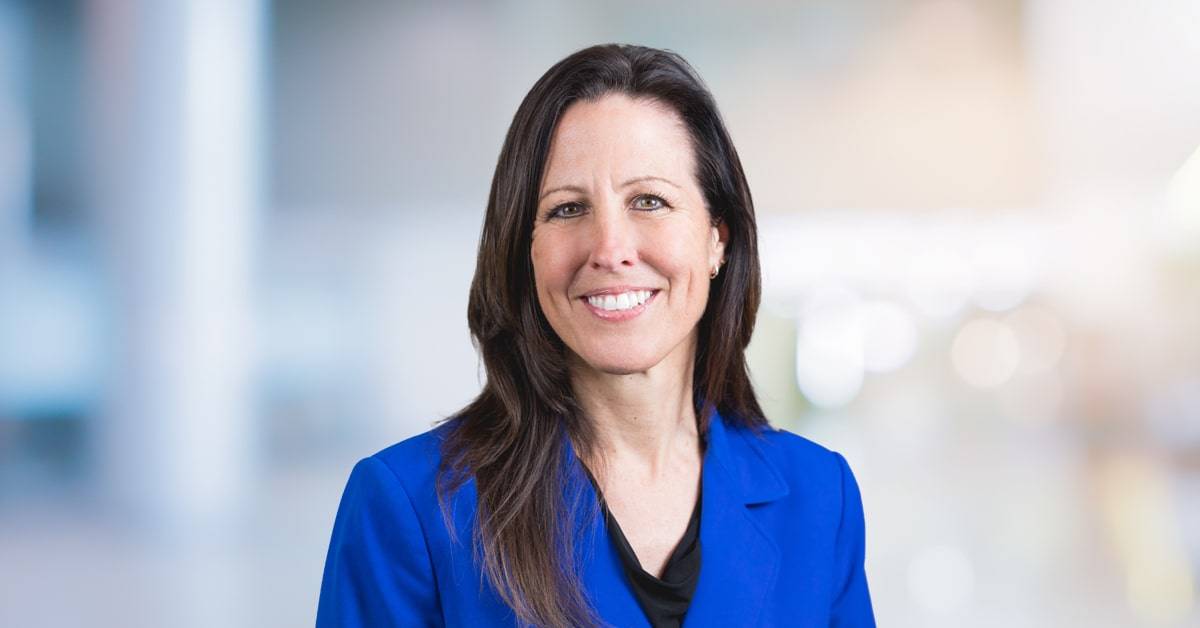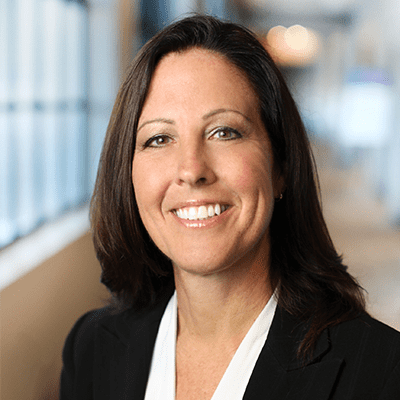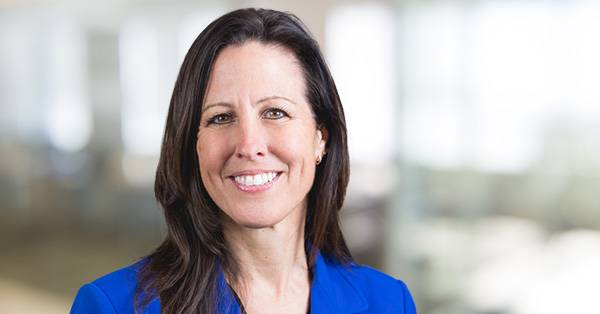- Solutions
- Solutions
- Home Health
- Hospice
- Life Plan Community
- Palliative Care
- Private Duty
- Senior Living
- Skilled Nursing
- Skilled Nursing
- Skilled Nursing Software
- Advanced Insights
- Customer relationship management
- Data and analytics
- Financial & operations management
- Marketing
- Nutrition management
- Referral management
- Regulatory compliance
- Retail management
- Resident engagement
- Revenue cycle management
- Skilled nursing interoperability
- Partners
- Blogs
- Resources
- About
- User Conference

Ambient sensing is transforming independence in senior care
Early motion sensing in senior care provided important safety alerts, but often lacked context.
Fast forward to today, and ambient sensing builds on that foundation with personalized insights.
In this blog, we explore how ambient sensing technology is taking motion sensing from passive to proactive. And in the process, it’s reshaping how senior living communities help residents stay independent and safe.
Yesterday’s motion sensors are an important foundation
Older motion sensing tools provided important alerts, but were limited in predictive value.
If a resident fell, the sensor might alert staff if it picked up the movement. But it couldn’t tell you why the fall happened. It couldn’t spot the subtle warning signs days or weeks before.
While these systems often trigger critical alerts, there is no personalization and they don’t blend seamlessly into a resident’s daily life. Some residents find them intrusive or feel they chip away at their independence.
Building on the foundation of motion sensors, ambient sensing introduces new capabilities. It takes the concept of motion sensing and supercharges it with intelligence, personalization, and privacy.
Here’s how:
- It blends into the background
Residents don’t wear it, charge it, or remember to turn it on. It simply works, day and night, without changing their daily routine. - It builds a personal baseline
Through AI, the system learns what “normal” looks like for each resident over a short period. This means alerts only trigger when something meaningfully changes. - It sees patterns, not just movements
Where yesterday’s motion sensors saw a single data point, ambient sensing connects the dots. Restless nights, more frequent bathroom trips, slower transitions from sitting to standing—it all paints a picture of wellness. - It protects privacy
No cameras. No microphones. Just safe radar-based detection, often combined with ambient air temperature sensors, to monitor health without invading personal space. - It supports dual occupancy and is handicap accessible
This technology can recognize the individual needs of multiple residents and those with disabilities.

Independence first, safety always
For earlier-stage assisted living and memory care residents who are still ambulatory and non-hospice, independence is everything. They want to live their lives, not feel constantly monitored.
For later-stage independent living residents who are starting to experience mobility challenges or early health concerns, the goal is to get the right support without feeling like they’ve “moved up” into a higher level of care.
Ambient sensing makes both possible. It provides a safety net that’s invisible until it’s needed, helping residents feel confident in their independence.
The new landscape of superior senior care
Here’s how modern ambient technology enhances earlier motion sensor solutions in senior care, helping them better fit into daily life:
Motion: Wait for something to happen, then react.
Ambient: Use continuous, passive data to help predict potential issues and intervene before a fall, hospitalization, or possibly preventable decline.
That’s a big win for residents, families, and care teams.
Real-world examples of proactive care
- A resident’s nighttime bathroom trips increase noticeably. Staff receive an alert, follow up, and confirm a UTI that can be treated days earlier than it might have been otherwise.
- A pattern of slower morning activity and more sitting time signals possible weakness. Therapy sessions are adjusted to maintain mobility and strength.
- A fall is detected within seconds, even though it happens between scheduled two-hour night checks. Staff respond immediately, preventing a long, dangerous wait on the floor.
These aren’t futuristic scenarios. They’re happening now in communities using ambient sensing technology.
Ambient sensing helps staff, too
Care teams can’t be everywhere at once. Ambient sensing acts like a silent coworker watching for changes, spotting trends, and letting staff focus on the residents who need attention most.
It reduces unnecessary check-ins, saving time. It cuts down on potentially preventable hospital transfers, reducing administrative and emotional burdens. And it helps keep residents in lower-cost care settings longer, which benefits both the resident and the community’s bottom line.
The AI-powered future of ambient sensing
Right now, ambient sensing delivers detailed, personalized insights. But that’s just the start.
Over the next few years, AI will make it even more interactive. Care teams will get immediate, data-backed answers to their questions. Systems will not only detect patterns, but they’ll also recommend next steps.
This is the direction superior senior care is headed: smarter, more personalized, more proactive.
MatrixCare is leading the charge
Motion sensors laid the groundwork for safety monitoring among seniors. Today’s ambient sensing expands that foundation with technology that tells you why, how, and what it means for their health. It’s the difference between reacting and truly caring.
MatrixCare is redefining independence in senior living. Even for those with existing sensors installed, they can be repurposed in our ecosystem to help enhance care.
Curious how you can improve safety and independence in senior care? We can show you the true benefits of ambient sensing technology.
Request a demo today for a closer look at MatrixCare.
Megan Anderson
Megan has been in the health care industry for more than 15 years and is an original founder of our Ambient Sensing Technology.
Megan started in healthcare working as a full-time direct-care provider in a group home while attending college. Since then, she’s transitioned to the healthcare technology industry where she found a combination of her passions of helping people while also exercising her technological expertise. She has served in various business, product & leadership positions including new business ventures and head of product, ambient sensing solutions.
Megan is a wife, mother of three daughters, and a 10-year military Veteran of the MN Army National Guard.
Related Posts



See MatrixCare in action
Start by having a call with one of our experts to see our platform in action.
MatrixCare offers industry-leading software solutions. Thousands of facility-based and home-based care organizations trust us to help them improve efficiency and provide exceptional care.
© 2025 MatrixCare is a registered trademark of MatrixCare. All rights reserved.




